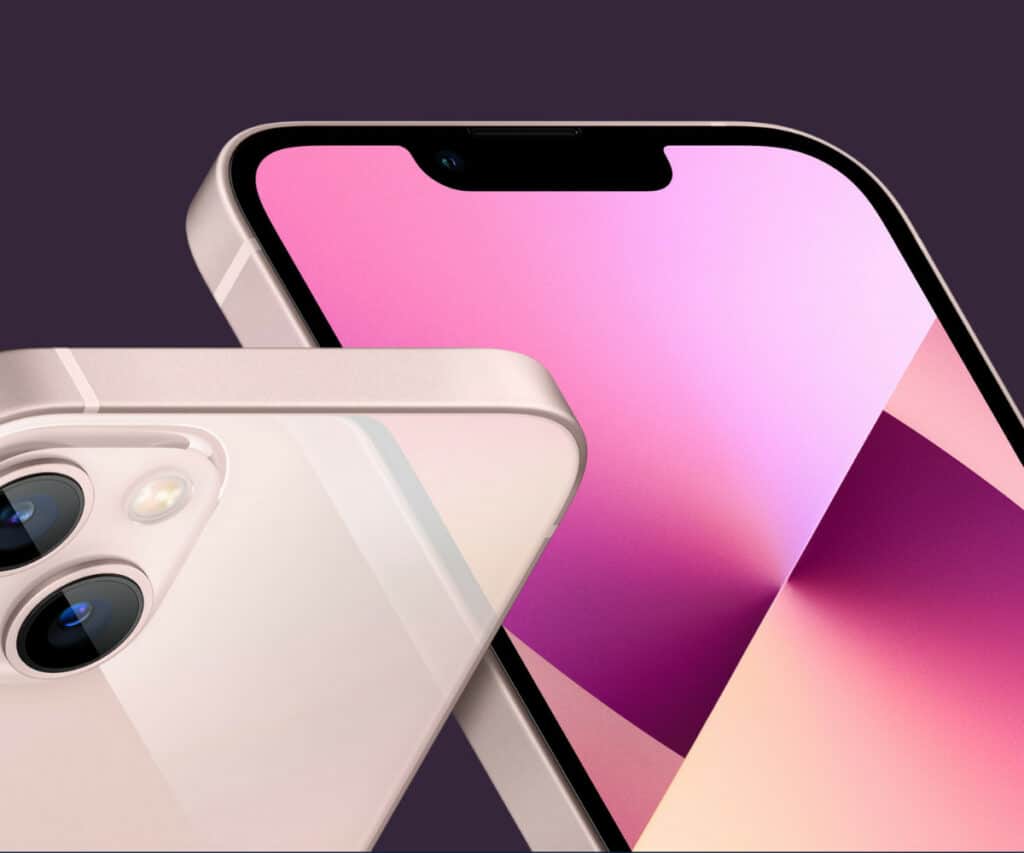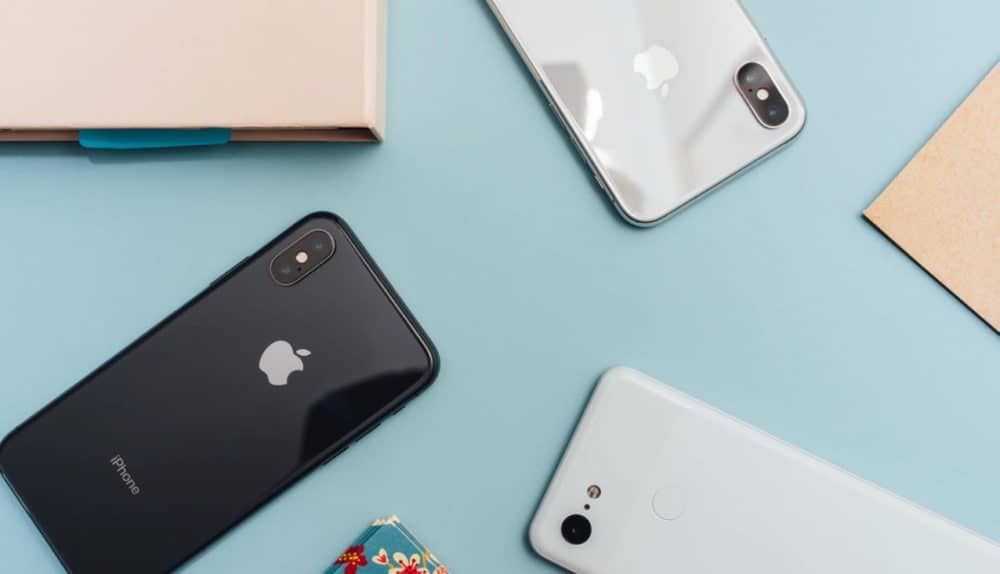iPhone Battery Sizes (mAh) – iPhone 3GS to iPhone 13
From the iPhone 3GS to the iPhone 13 Pro Max, we take a look at how the iPhone battery sizes have changed over the years…
Apple’s iPhone has developed rapidly over the course of the last decade. You have changes to how it functions, near-constant changes to its CPU, updates to its camera tech, and changes in its features.
Apple has also radically altered the design of its iPhone a couple of times too; the latest iteration saw the removal of the home button with the iPhone X.
As technology has developed, increased demands have been placed on iPhone. And one particular area has had to continually grow – the iPhone’s battery.
Over the years, from the iPhone 3G to the iPhone 13, the battery sizes used inside iPhones have changed massively. As you can see in the table below, there has been a huge jump in size for iPhone batteries since 2007…
iPhone Battery Sizes – iPhone 3GS to iPhone 13
| iPhone Model | Battery Size |
|---|---|
| iPhone 3GS | 1219 mAh |
| iPhone 4 | 1420 mAh |
| iPhone 4s | 1432 mAh |
| iPhone 5 | 1440 mAh |
| iPhone 5s | 1570 mAh |
| iPhone 6 | 1810 mAh |
| iPhone 6 Plus | 2915 mAh |
| iPhone 6s | 1715 mAh |
| iPhone 6s Plus | 2915 mAh |
| iPhone SE | 1624 mAh |
| iPhone 7 | 1960 mAh |
| iPhone 7 Plus | 2900 mAh |
| iPhone 8 | 1821 mAh |
| iPhone 8 Plus | 2675 mAh |
| iPhone X | 2716 mAh |
| iPhone XS | 2658 mAh |
| iPhone XS Max | 3174 mAh |
| iPhone XR | 2942 mAh |
| iPhone 11 | 3110 mAh |
| iPhone 11 Pro | 3046 mAh |
| iPhone 12 | 2815 mAh |
| iPhone 12 Pro | 2815 mAh |
| iPhone 12 Pro Max | 3687 mAh |
| iPhone 12 Mini | 2227 mAh |
| iPhone 13 | 3227 mAh |
| iPhone 13 Mini | 2406 mAh |
| iPhone 13 Pro | 3095 mAh |
| iPhone 13 Pro Max | 4353 mAh |
iPhone With Biggest Battery
As you can see from the table above, the batteries used inside Apple’s iPhone have gotten progressively bigger over the years.
The iPhone started life with a 1219mAh battery inside the iPhone 3GS and now, inside the latest iPhone 13 Pro Max, it is packing a massive 4353 mAh battery, a huge difference.
With the iPhone 13, Apple really doubled down on battery performance, adding in larger batteries across the board. The reason this was done was that the iPhone 12’s battery performance just wasn’t up to the task, thanks to the power-draining effects of 5G.
With the iPhone 13 range, Apple increased the physical sizes of the batteries to ensure better performance. It worked too. The iPhone 13 range boasts vastly superior battery performance than the iPhone 12, especially on the Pro and Pro Max models.
| NETWORK | COST PER MONTH | UPFRONT FEE |
|---|---|---|
| THREE | £31pm w/ Unlimited Data | £29 |
| EE | £42pm w/ 40GB Data | £30 |
| VODAFONE | £31.50pm w/ Unlimited Data | £29 |
| O2 | £48pm w/ 150GB Data | £30 |
It wasn’t until the introduction of Apple’s iPhone Plus models that battery life aboard iPhones started becoming competitive.
Before the iPhone 6, Apple used smaller sub-4in displays for its iPhones. This meant the chassis of the handset was small, so larger batteries were not possible.
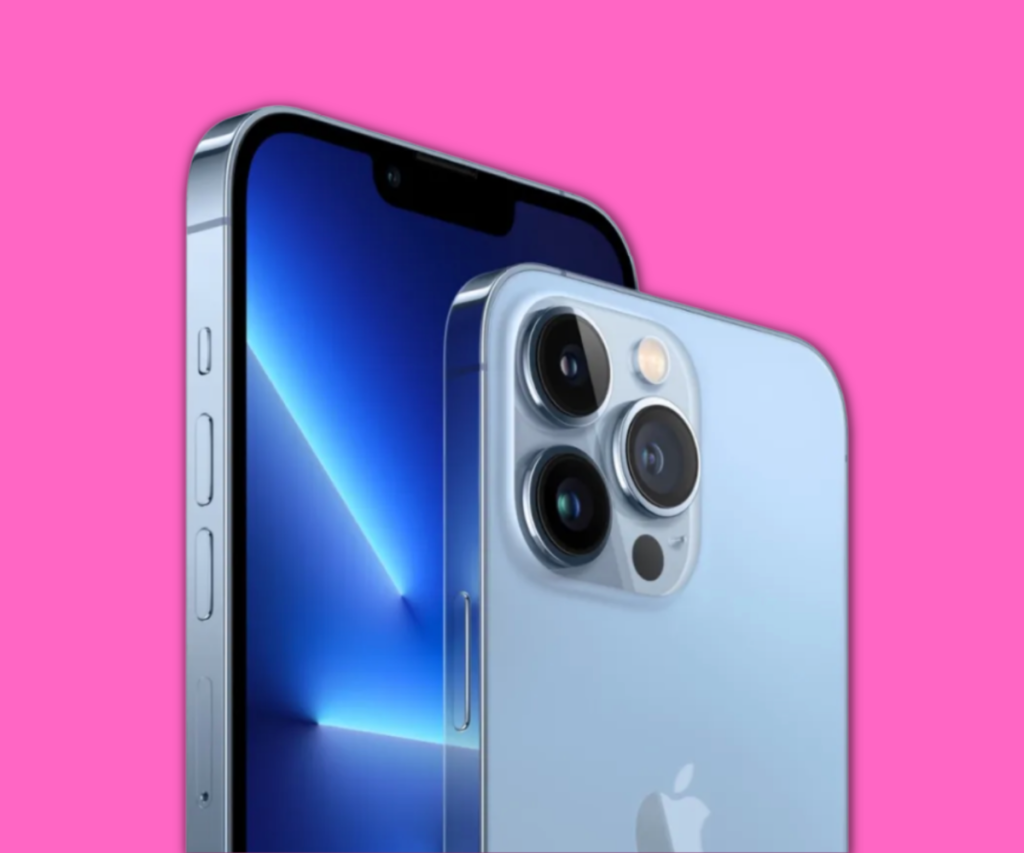
The first “large” iPhone was the iPhone 6 Plus and it carried the biggest battery ever fitted inside an iPhone at the time, a 2915mAh.
The increase in battery size was required to power the iPhone 6 Plus’s larger display which, because of its increased size and resolution, had more pixels to power.
From the iPhone 6 Plus to the iPhone 8 Plus, we see a steady increase in the overall size of batteries used inside both Plus and standard iPhone models – from 2915mAh in the 6s Plus to 2675mAh in the iPhone 8 Plus.
As you’d expect, each incremental increase in battery size brought with it palpable improvements to overall battery life on Apple’s handsets.
Apple’s iPhone 11 range was the first iPhone to break the 3000mAh barrier; the iPhone 11 uses a 3110mAh battery, while the iPhone 11 Pro Max uses a 3969mAh battery, the largest ever used inside an iPhone.
And this, combined with Apple’s exceptional A13 chipset, is why battery life is so good on Apple’s latest iPhone range.
iOS 14 battery drain got you down? Here’s how to improve your iPhone battery life right now–defeat iOS 14 battery drain in just a few simple steps!
Do Larger iPhones Have Better Battery Life?
When something gets bigger, it needs more energy – this applies to car engines, human bodies, and iPhones.
The rise of phablet-sized iPhones, beginning with the iPhone 6 Plus, was the first instance where a larger-than-normal battery was used inside an iPhone. This trend has continued with Apple’s Pro and Pro Max models.
The iPhone 13 Pro Max features the largest battery ever fitted to an iPhone; it uses a massive 4353mAh battery.
And the reason for this is simple: larger displays use more power, so you need a sizable battery to power them. Ditto 5G.
And back then, Apple’s large, flagship phones were using LCD displays.
LCD displays require that every pixel on the screen is powered (OLED is different; black pixels don’t require any power), so when you increase the size of them by an inch, you have to increase the capacity of the battery too, or else you’d have terrible battery life.
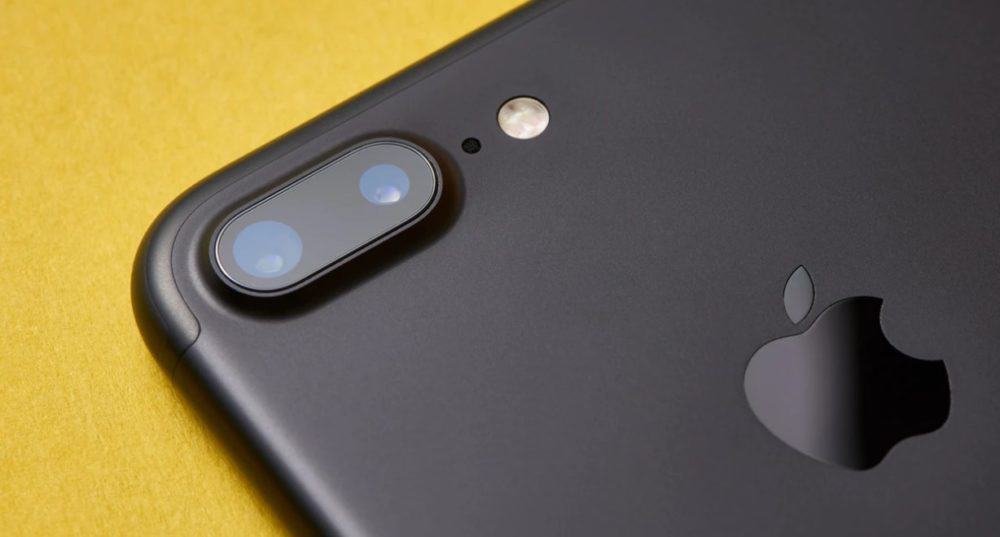
I remember when I first tested the iPhone 6 Plus; it blew my mind! I’d never used an iPhone before that I could use all day and not worry about its battery life.
Prior to the iPhone 6 Plus, Apple’s iPhones, while great, all required top-ups throughout the day on account of their small-sized batteries.
The iPhone 6 Plus used a properly massive battery (at the time) and its effect was immediately palpable – all-day usage without making much of a dent in the battery life.
From here, Apple’s gradually been making improvements to the iPhone’s battery life, adding in more performance and increased longevity.
However, it wasn’t until the release of the iPhone 11 that solid battery life across all models became a reality.
Prior to the iPhone 11, if you wanted the best battery life, you HAD to go with the Plus model version.
As of 2019, Apple’s nailed the battery life problem. The iPhone 11, Apple’s entry-level model, had some of the best battery performance of any phone on the market right now. This changed with the iPhone 12 and 5G; the iPhone 12’s battery life sucked. But Apple fixed this with its iPhone 13 models.
And the larger, OLED-using iPhone 13 Pro Max has the best battery life ever seen on an iPhone.
This, along with a host of other reasons, is why Apple’s latest iPhone 13 range is by far and away the best iPhones Apple has released in years.
Here’s how long iPhone batteries can typically last.
Which iPhone Has The Best Battery Life?
If you want the best of the best when it comes to battery life, Apple’s iPhone 13 range, specifically the 13 Pro and 13 Pro Max, is 100% where it’s at – the new A15 chipset and larger battery sizes deliver the best battery performance ever seen inside an iPhone.
The iPhone 11 range represented the first time Apple has used 3000+mAh batteries inside its iPhones. With the iPhone 13, Apple upped the ante once again, adding in 4000+mAh batteries on the 13 Pro Max.
If you want the best battery life performance, get the iPhone 13 Pro Max.
iPhone Battery Lifespan – How Long Do They Last?
Each iPhone battery has a lifespan; you get a certain amount of charges, and then things start to degrade.
Apple doesn’t offer up much information on this, however, though its most official statement on the subject claims after 13 months of use your iPhone’s battery life will have lost about 20% of its true potential.
iPhone batteries use Lithium-ion technology; the chemicals used in these types of batteries degrade over time. This is what is referred to as the battery’s lifespan.
The longer you use your iPhone, and the more you charge it from 0% to 100%, the shorter its lifespan becomes.
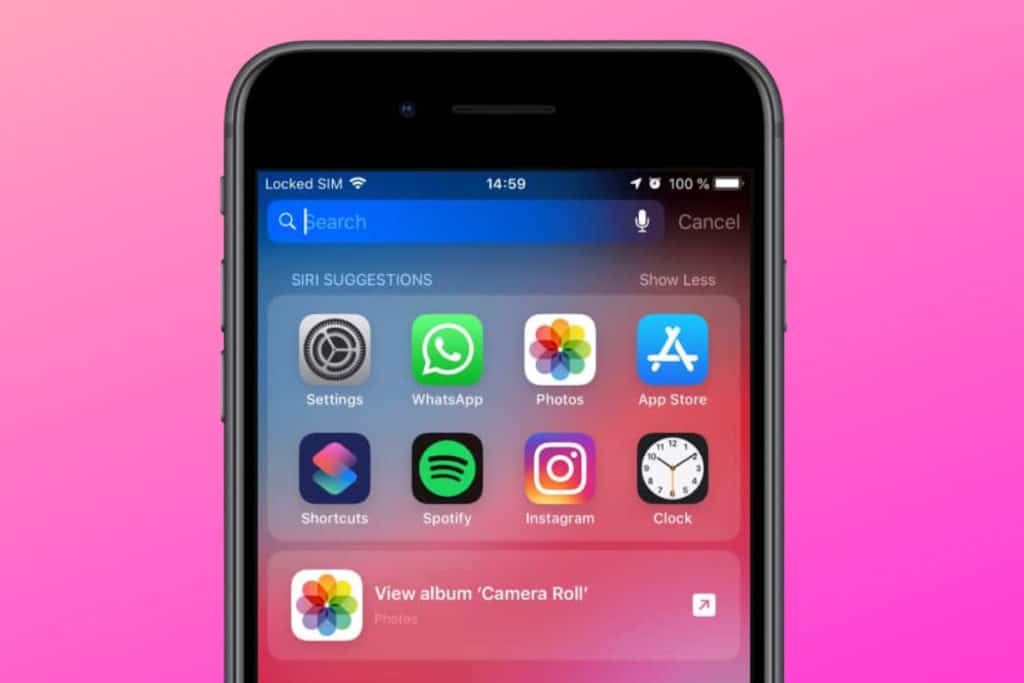
After years of this cycle, you will eventually have to replace the battery or get a new iPhone; the battery will no longer be able to perform properly.
How long does this take?
It varies, but you will start to notice it after the three-year mark and from here it will get progressively worse until the phone dies completely.
“As lithium-ion batteries chemically age,” said Apple, “the amount of charge they can hold diminishes, resulting in shorter amounts of time before a device needs to be recharged. This can be referred to as the battery’s maximum capacity—the measure of battery capacity relative to when it was new. In addition, a battery’s ability to deliver maximum instantaneous performance, or “peak power,” may decrease.”
It added: “When the operations can no longer be supported with the full capabilities of the power management system, the system will perform a shutdown to preserve these electronic components. While this shutdown is intentional from the device perspective, it may be unexpected by the user.”
How To Replace iPhone Battery
If your iPhone’s lithium-ion battery dies, you can get it replaced. Apple recommends that you do it officially, via its battery replacement scheme.
If your iPhone is in warranty, there is no charge to replace the battery.
However, given the lifespan of lithium-ion batteries, this isn’t likely to be the case. Out of warranty, an iPhone battery replacement costs $69.
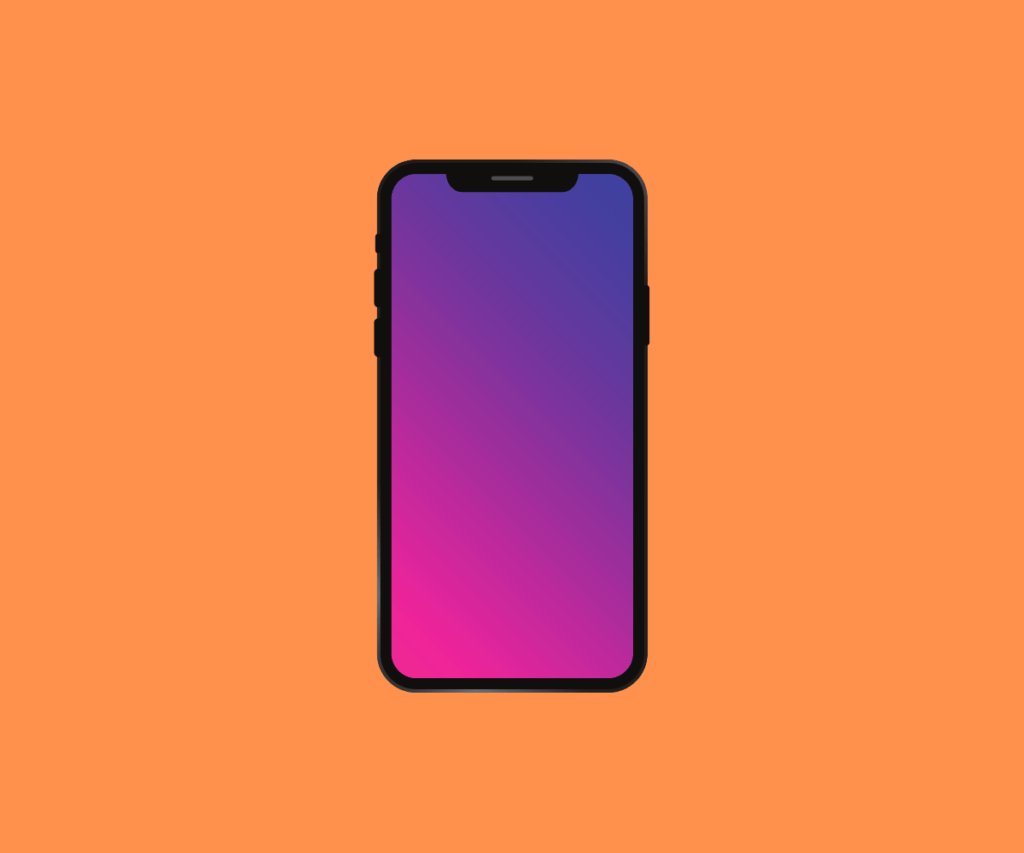
And to get it done, all you have to do is either visit an Apple Store or apply for it online.
What about third-party companies? You can use these to replace your iPhone’s battery life (or even do it yourself), but Apple DOES NOT recommend this.
Why? If something goes wrong your phone will be dead – and nothing will bring it back.
For this reason, it’s probably worth taking the $69 hit and getting it done officially by Apple.
A third-party battery refit won’t be much cheaper anyway.
If you’re in a position where your iPhone has become unusable because of its battery life, and you don’t want to pay full price for a new iPhone, perhaps it’s time you considered looking at buying a
And take a look at 4 Ways To Get Your Apple Watch To Stay Charged For Longer!
Richard Goodwin
Richard Goodwin has been working as a tech journalist for over 10 years. He is the editor and owner of KnowYourMobile.
